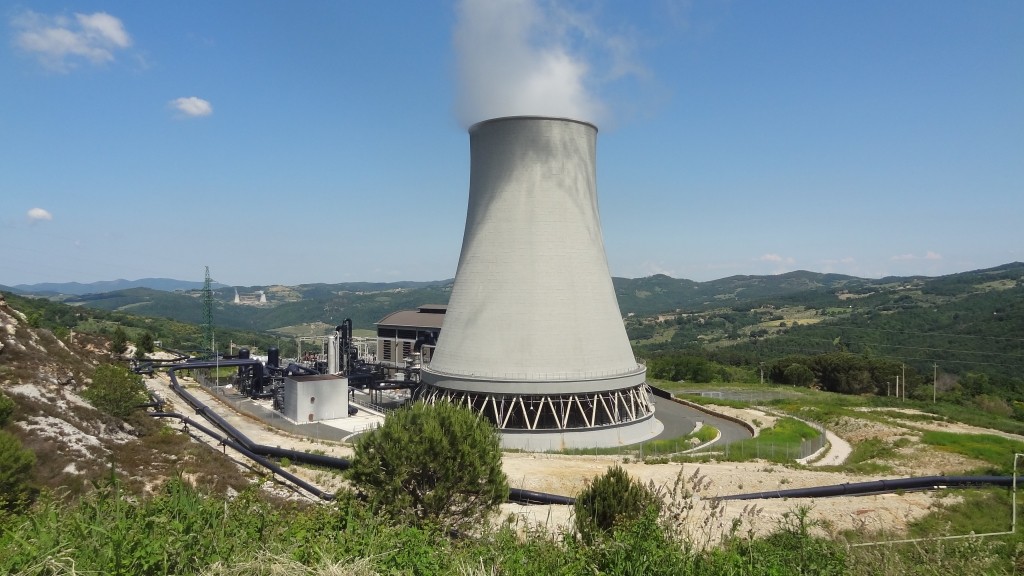Relationship between CO2 and geothermal energy in Tuscany
It is crucial to trust science and research and not incorrect information that has slowed down development of geothermal energy as precious energy resource for Italy, so a new study released.
Three new studies, published by Italian researchers – with a prominent role from the University of Pisa – in prestigious international journals help to finally shed light on a controversial topic for too long: what relationship is there between the industrial cultivation of geothermal energy and emissions of CO2 in the atmosphere? This question is addressed in a recent article by Greenreport from earlier this month.This renewable source has always been naturally present in Tuscany, the first territory in the world that managed to tame it over a century ago, reaching extraordinary results.
Today over 70% of the electricity we consume from renewable sources is guaranteed, in Tuscany, by geothermal energy: in other words, the heat of the earth covers a third of all our electricity needs as well as directly supplying important quantities of heat.
Yet doubts have always remained about the climate-altering emissions associated with geothermal power plants. The emissions of pollutants are regularly monitored by the competent authorities (primarily Arpat) certifying constant compliance with current regulations. But what about CO2? Is that released by the power plants a substitute for natural emissions from the ground, or is it additional?
The new studies published after years of intense research directly in the field finally outline a precise picture, both for the Larderello area and for the Amiata area. We talked about it directly with Alessandro Sbrana, professor at the Department of Earth Sciences of the University of Pisa and co-author of the research in question.
The use of geothermal energy for industrial purposes has begun for the first time in Tuscany: a global record that makes it difficult to evaluate the effects of geothermal generation on parameters such as CO2 emissions, given that there is a lack of reliable data on relative soil degassing. over two centuries ago. A new study uses historical data on boric acid production as a proxy: how can past CO2 emissions be estimated?
“The authors of the work published in the magazine Energies have made it possible to estimate the CO2 emissions prior to geothermal generation in Larderello, starting with the production of boric acid extracted in 1800 and at the beginning of the twentieth century in the so-called” lagoons “, which gradually disappeared in the first years of the ‘900, where the condensation of geothermal vapors took place.
In the lagoons the condensation of the vapor rich in boron, an element similar to the vapor phase, caused the precipitation of a solid phase of the boric acid (H3BO3) in the condensation waters of the lagoons which was then extracted; the quantities of ore extracted were recorded in the archives of the mining industry of the time. Data on the amount of boron extracted provided an estimate of the amount of steam that escaped from the geothermal reservoirs in the period considered.
This is the starting point that was used for the estimation of CO2 emissions prior to the industrial development of geothermal energy. The measurement of the ratio between CO2 and water vapor, measured by Payen in Larderello in 1841, and the knowledge of the concentration of boron in the vapor made it possible to calculate the quantity of incondensable gas, CO2 emitted in the period of boron extraction in boraciferous Lagoni of Larderello between 1818 and 1867 starting from tons of boric acid.
This estimate is the only and valuable indication of the amount of steam and gas that was released into the atmosphere before the cultivation of current geothermal fields. It is obviously limited to the area of ??the great natural manifestations of the Devil’s Valley, which today have almost disappeared, replaced by gaseous emissions and mineralized thermal aquifers in various locations in the Valley.
The results of this research published in a special volume of Energies , a prestigious international multidisciplinary magazine dedicated to energy, provide the first quantitative indication of the quantity of greenhouse gases (CO2) and steam that was naturally released into the atmosphere.
It is estimated that in the Valle del Diavolo there was the natural emission of steam for about 236 t / h with associated 17 t / h of CO2, which in terms of geothermal power plant corresponds to a 130-140 MW power plant. Today the flow of steam and gas in the Devil’s Valley is extremely reduced due to the effect of more than a century of geothermal generation, which is still cultivated while keeping the reservoirs in equilibrium ».
The article ends with a take on what the best technological solutions to date are to cultivate geothermal fluids in an increasingly sustainable way, as regards both the production of electricity and heat.
… and in the Italian context the article highlights that “in the case of geothermal energy, it is necessary to trust science and research and offer the people of the region the results obtained that respond to the incorrect information that has unfortunately slowed down the development of this precious energy resource.” … there is not that much to add
For the full article see link below (in Italian).
Source: Greenreport


















